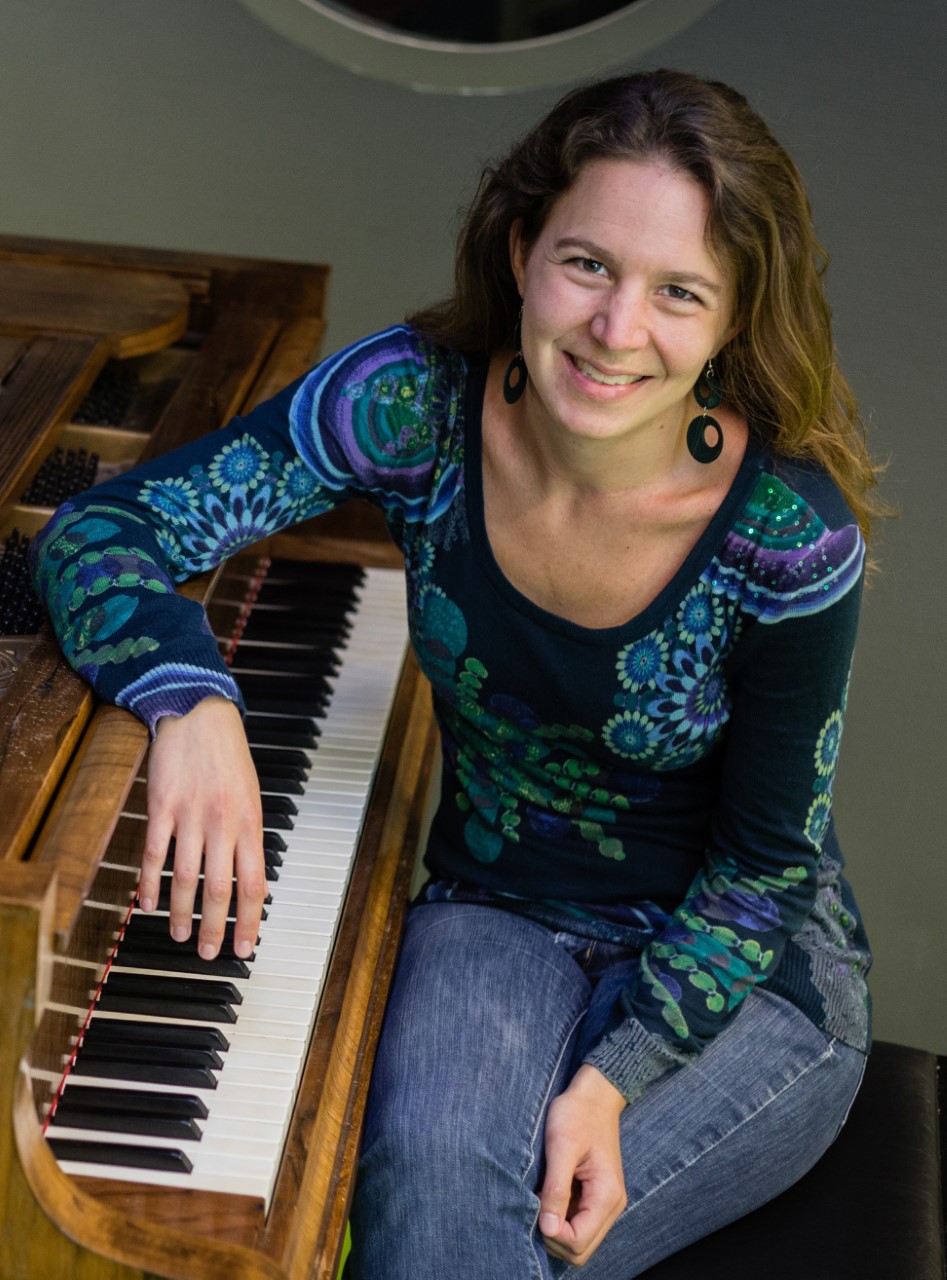MIB guest talk: Fleur L. Bouwer
Fleur L. Bouwer from Department of Psychology, Amsterdam Brain & Cognition, University of Amsterdam will join us on Zoom for a talk.
Info about event
Time
Location
Thalamus, Building 1710, Universitetsbyen 3, Aarhus
Organizer

ZOOM LINK:
https://aarhusuniversity.zoom.us/j/67889709386
TITLE:
Beyond the beat: differentiating responses to a regular beat from responses to rhythmic patterns
ABSTRACT:
One of the hallmarks of musical rhythm is its temporal predictability. Knowing when to expect the next sound facilitates perception and allows us to dance and move in synchrony to music. Entrainment of low-frequency cortical oscillations to stimulation is thought to underlie temporal expectations. However, first, it is unclear whether entrainment can account for both expectations based on a regular beat, and expectations based on predictable rhythmic patterns, and second, entrainment – the rate-dependent adjustment of an ongoing endogenous oscillation to an external regularity – should be differentiated from neural tracking – the alignment of neural activity to an external signal through evoked responses. Here, I will present behavioral and EEG data in which we aimed to differentiate between beat-based expectations, pattern-based expectations, and evoked responses to a rhythmic signal. In the first study, we found that behavioral responses to rhythm were affected by beat-based expectations for multiple beat-cycles, while the effects of pattern-based expectations subsided immediately. Using a frequency tagging approach, we found enhanced power at the frequency most prominent in the rhythm outlasting rhythmic stimulation for rhythms with a regular beat, but not for rhythms with a predictable pattern, suggesting possible different underlying mechanisms. In the second study, we found that neural phase-locking – often used as a marker for entrainment – was rate-dependent, with strongest phase locking at the level of the note rate for slow sequences, and at the level of a hierarchical beat for faster sequences. We simulated these responses using an oscillator and an evoked response model. Our data was best captured by the oscillator model, while the evoked model could partly mimic the shifts in spectral power. Taken together, our findings suggest that neural responses to rhythm contain contributions from entrainment, as a mechanism for beat-based expectations, but also from expectations for and evoked responses to rhythmic patterns.
